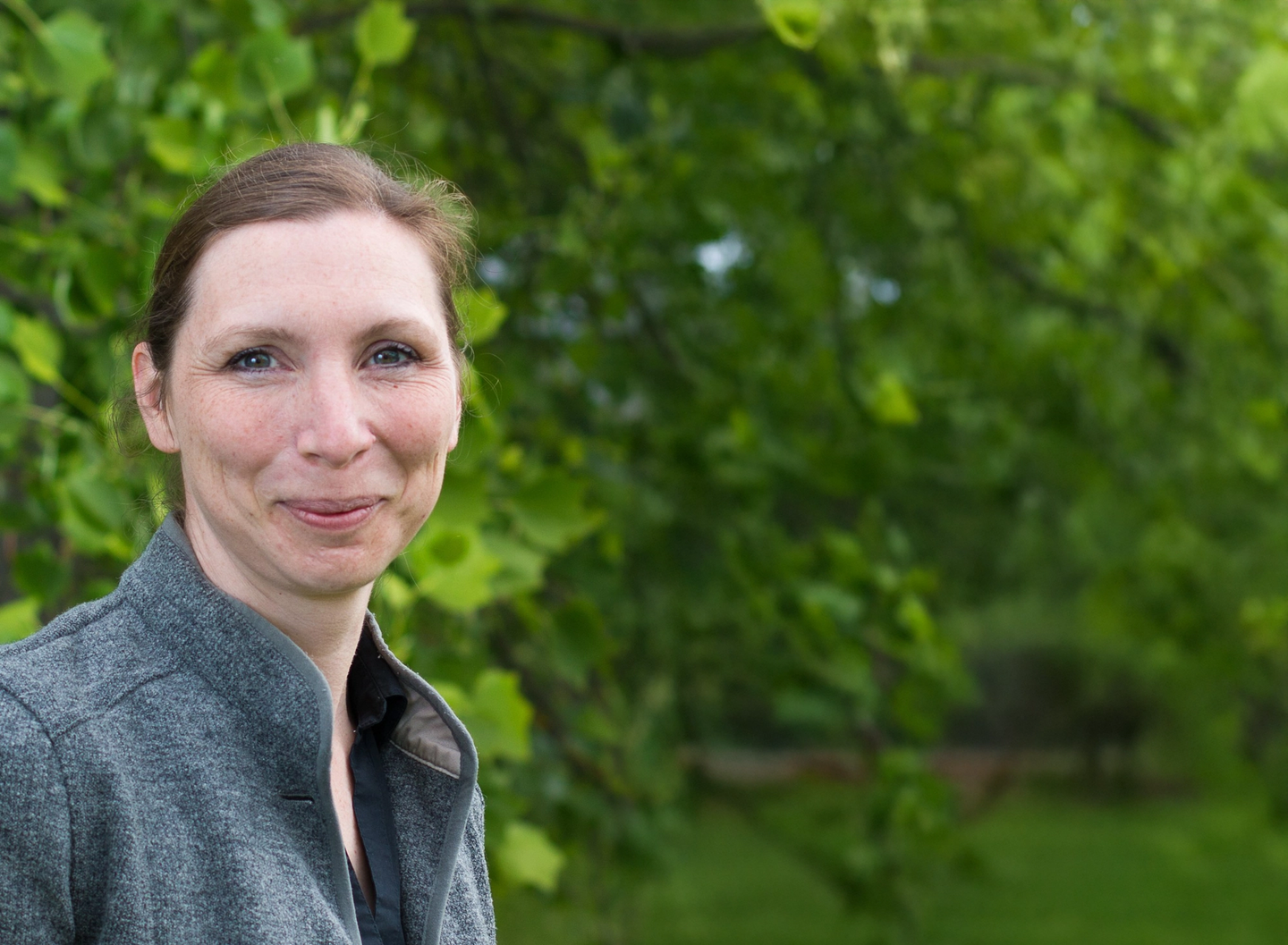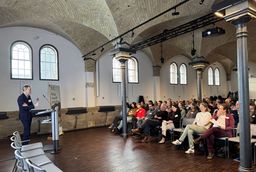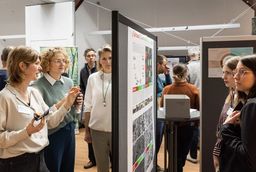
Professor Dr. Paul, you lead the Department of Forest Economics and Sustainable Land Use Planning at the University of Göttingen. What makes this field of research so compelling?
The past years have once again shown how strongly forestry depends on weather and climate conditions. To ensure sustainable forest management, it is essential to coordinate short-, medium-, and long-term planning. Modern forest planning must be able to adapt dynamically to changing circumstances while accounting for potential risks and uncertainties. Examining the interaction of these temporal scales—with their distinct properties, requirements, and modeling approaches—is one of the most intriguing challenges in land-use planning. Many research groups, including ours, are working on developing decision-support tools that enable such adaptive forest management.
What is the focus of your subproject within the Climate Future Lab “FoResLab”?
Our project begins by developing indicators—key metrics of economic and income-related forest functions—from the perspective of forest owners. These indicators are based on datasets from field measurements (e.g., soil processes, carbon fluxes) as well as long-term observations of forest growth in the study areas. We aim to improve our understanding of how different management strategies contribute to fulfilling ecological and socio-economic indicators such as carbon and water regulation, timber supply, and income generation. In addition, we analyze how this complex system responds to disturbances. Specifically, we seek to quantify the resilience of these indicators by establishing a direct relationship between external shocks and system responses. From this, we aim to derive an indicator that can serve as an early warning system to assess the vulnerability of forest stands based on measurable characteristics—such as changes in photosynthetic activity or water balance. These resilience estimates will be applied “close to real time” in the experimental plots and made available as a model component for integration into forest management planning.
What defines the economic resilience of forests, and what characterizes an economically resilient forest?
Our working hypothesis is that species-rich and structurally diverse forests are also economically more resilient. In particular, mixed stands combining coniferous and deciduous trees are expected to be more stable and exhibit a lower probability of complete failure. From an economic perspective, this hypothesis is supported by the diversification effect—known from portfolio theory—which suggests that combining products with differing price dynamics and risk profiles reduces overall financial risk and enhances system stability. However, given the long time horizons of forestry and the rapid pace of environmental change, empirical evidence remains limited. Therefore, we aim to investigate this hypothesis further within the project.
How compatible are economic and ecological resilience in forests?
There are well-known synergies, for example, between carbon sequestration and timber production. These tend to favor conifer-dominated forests, which sequester carbon rapidly while providing high-value timber. However, a high proportion of conifers may negatively affect ecological functions such as structural and species diversity, as well as water regulation. The key question will be how these apparent trade-offs behave under disturbance conditions. What is clear, however, is that a forest with a high risk of total collapse cannot be resilient—neither economically nor ecologically.
What sustainable and economically viable forest management models exist?
For forest enterprises, long-term profitability remains essential to secure employment and enable future investment. Liquidity, in the sense of regular income, is particularly important for private forests. This requirement aligns well with the principle of sustainability: a forest enterprise achieves steady revenues from timber harvests when it maintains trees of all age classes. While highly productive stands, such as conifer-dominated ones, can be advantageous, a balanced age structure across the entire operation—potentially extending to the concept of “continuous cover forestry,” where all age classes coexist on the same site—promotes both diversity and stability. Stand losses, by contrast, have severe and long-lasting impacts on liquidity and sustainable management, as they reduce the financial means available for reforestation and forest transformation. In short: diversity in species composition and age structure may represent a promising approach for the future. Yet, as is often the case, “the more, the better” likely applies only up to a certain point. To develop suitable and concrete management strategies, we must further deepen our understanding of the synergies and trade-offs between economic and ecological resilience.
contact

More Posts
All
How collaboration across disciplinary boundaries works
The workshop at the ZKfN symposium showed the prerequisites for interdisciplinary and transdisciplinary collaboration and the added value it creates.
3 min. Reading time
Connecting perspectives - impulses for a just climate future
Review of our "Symposium Climate Future Lower Saxony" 2025
3 min. Reading time
Working together for climate research – perspectives on interdisciplinary and transdisciplinary collaboration
Press release: Around 80 participants discuss the opportunities and challenges of networked research at the annual “Lower Saxony Climate Future Symposium” meeting.
3 min. Reading time